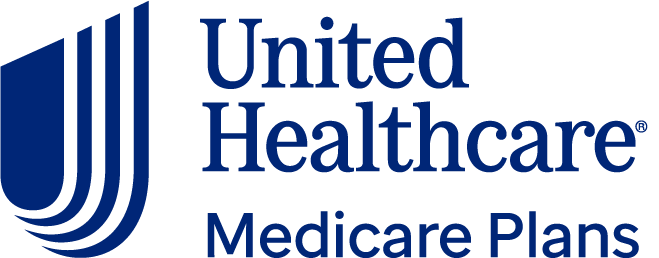Medicare Part C vs. Part D: What’s the Difference?
Medicare Part C is private health insurance that often includes prescription drug coverage. Medicare Part D is for prescription drugs only.

Many, or all, of the products featured on this page are from our advertising partners who compensate us when you take certain actions on our website or click to take an action on their website. However, this does not influence our evaluations. Our opinions are our own. Here is a list of our partners and here's how we make money.
You can buy a Medicare Part C, or Medicare Advantage, plan instead of Original Medicare.
Medicare Part C plans can cover both health care and prescription drugs.
You can buy a Medicare Part D plan as an addition to Original Medicare.
Medicare Part D plans cover only prescription drugs, not health care.
There are two ways to get prescription drug coverage with Medicare: Medicare Part C and Medicare Part D. Your choice of Original Medicare or Medicare Advantage determines whether you get prescription drug coverage through Medicare Part C or Part D.
Regardless of whether you choose Medicare Advantage with prescription drug coverage or Original Medicare with a stand-alone Part D plan, you'll be responsible for paying the Medicare Part B premium, which is $185 per month in 2025. This is in addition to the premiums for each plan type. Other costs will differ depending on your choice of plan.
Here's what you need to know about the differences between Medicare Part C and Medicare Part D.
Medicare Part C and D: What's different?
The main difference between Medicare Part C and Medicare Part D is that Part D plans add prescription drug coverage to Original Medicare. In contrast, Part C plans, or Medicare Advantage plans, provide your health and prescription drug coverage as an alternative to Original Medicare.
If you have Original Medicare, you can get prescription drug coverage by purchasing a stand-alone Medicare Part D plan.
If you have a Medicare Advantage plan, your plan probably already includes prescription drug benefits — you don't have to shop for a separate prescription drug plan.
Shopping for Medicare plans? We have you covered.

3.93
CMS Star Rating
from UnitedHealthcare

3.63
CMS Star Rating
Prescription drug coverage with Medicare Part C
Medicare Part C, or Medicare Advantage, is a bundled alternative to Original Medicare. When you buy a Medicare Advantage plan from a private insurance company, you get your benefits from that company rather than Medicare Part A and Part B.
Costs and benefits differ between Medicare Part C plans, but they must cover at least the same benefits as Medicare Part A and Part B. Most Part C plans also include prescription drug coverage, and many offer added benefits, which may include some coverage for dental, hearing and vision care.
If you have Medicare Part C, you probably aren't allowed to buy a stand-alone Medicare Part D plan for prescription drug coverage. However, there are exceptions for certain Part C plans that can't or don't offer prescription drug coverage.
Prescription drug coverage with Medicare Part D
Medicare Part D plans add prescription drug coverage to Original Medicare (Part A and/or Part B).
Private companies sell stand-alone Medicare Part D plans, which can have different prices and coverage. You'll pay a separate premium for Medicare Part D coverage.
All plans must meet specific standards for the kinds of drugs they cover. So if you need a particular medication, it's essential to check the plan's formulary to see whether and how it's covered.
The parts of Medicare
Read more about the different parts of Medicare and what they cover.

